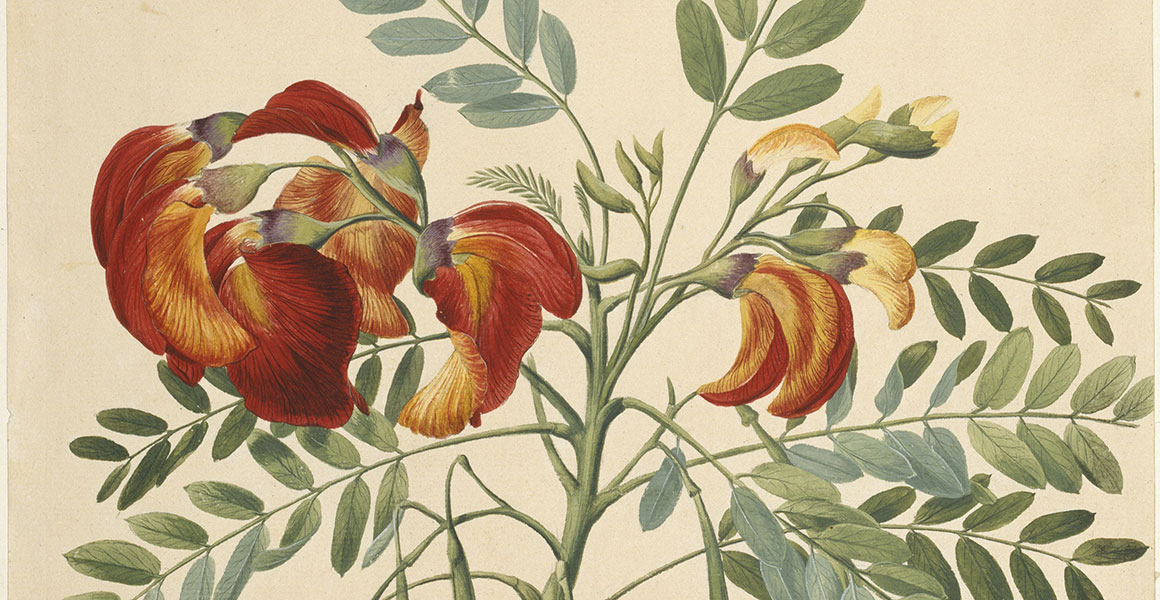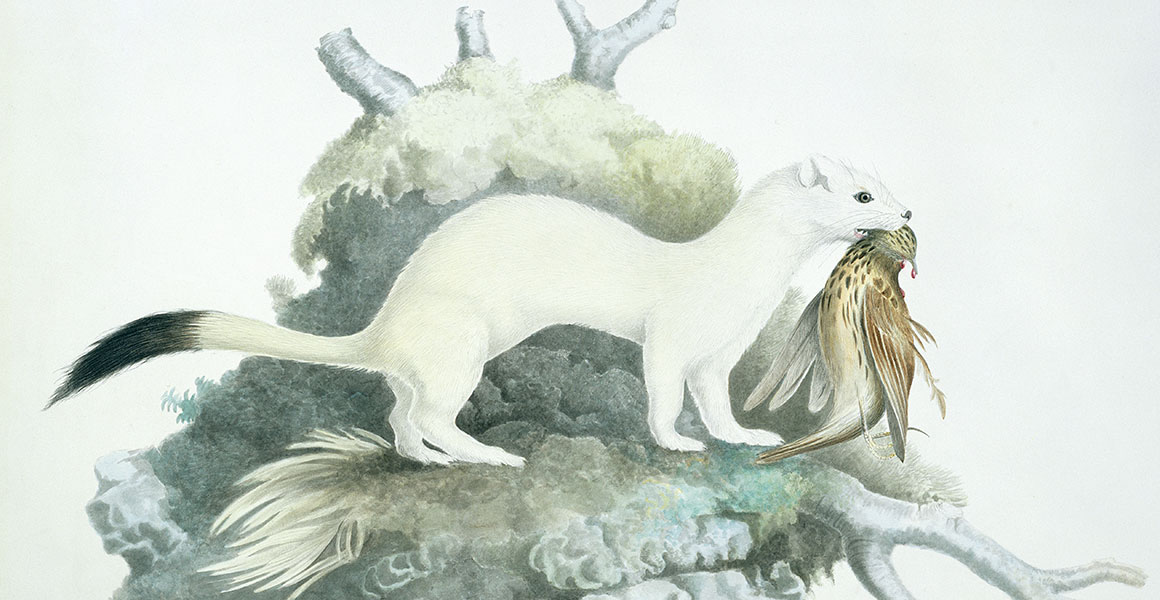Endeavour illustrations
Explore original botanical drawings and engravings prepared by Sydney Parkinson aboard the Endeavour, as well as those completed after his death by artists back in England.
Of the 80 million objects we care for, only a tiny fraction are on display.
Uncover colourful stories behind the specimens, meet collectors and curators past and present and read about their contributions to our understanding of the natural world.

Explore original botanical drawings and engravings prepared by Sydney Parkinson aboard the Endeavour, as well as those completed after his death by artists back in England.

Browse watercolours of mammals, birds and fish by William MacGillivray (1796-1852), which are housed at the Natural History Museum.
Don't miss a thing
Receive email updates about our news, science, exhibitions, events, products, services and fundraising activities. We may occasionally include third-party content from our corporate partners and other museums. We will not share your personal details with these third parties. You must be over the age of 13. Privacy notice.
Follow us on social media